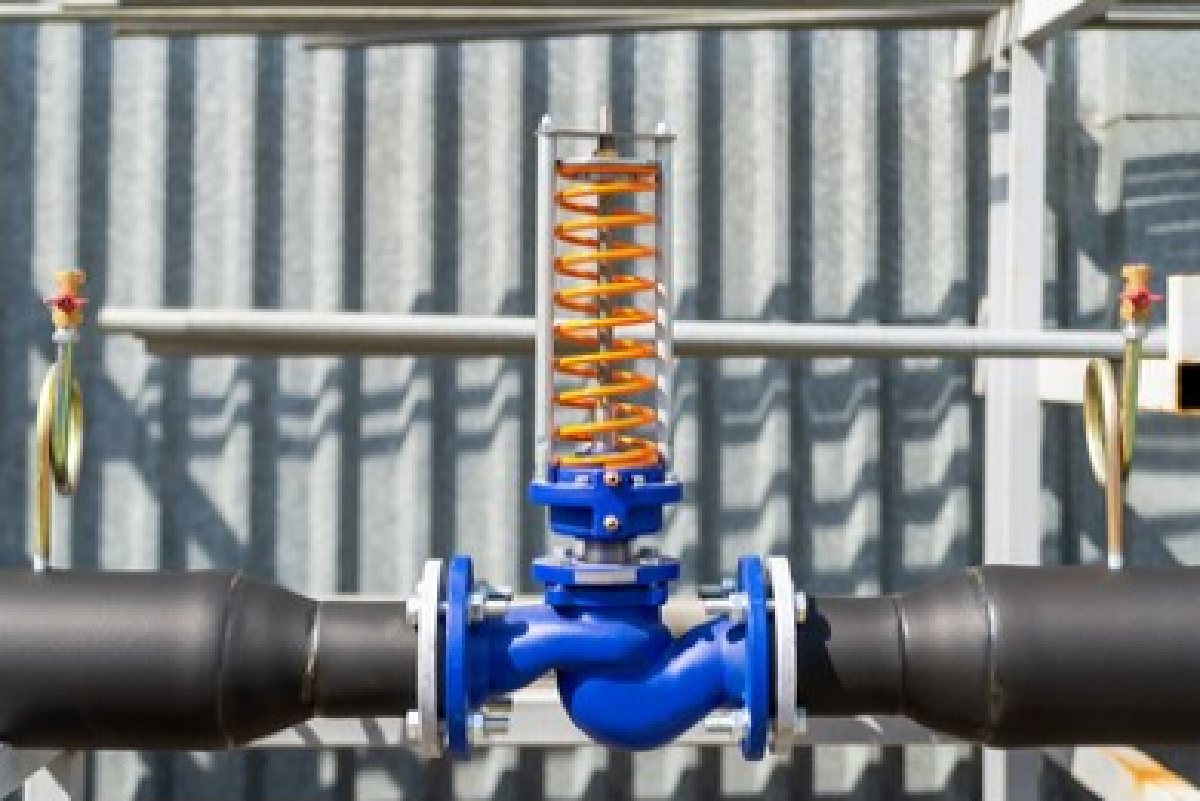Advanced Emergency Relief System Design
OSHA has recognized Design Institute for Emergency Relief System (DIERS) methods as good engineering practice for process safety management of highly hazardous materials. If you’re responsible for the safe handling of the effluent from relief systems, this advanced course will teach you how to apply the DIERS techniques for providing adequate pressure relief for runaway reactions and other pressure-producing events. If you are just starting out, take the basic course on the topic (CH172).
Applying DIERS Technology in Your Facility
This course covers the Design Institute for Emergency Relief Systems (DIERS) techniques for providing adequate pressure relief for runaway reactions and other pressure-producing events that result in two-phase flow.Each participant receives the texts: Emergency Relief Systems Design Using DIERS Technology (published by AIChE), and Guidelines for Pressure Relief and Effluent Handling Systems (published by CCPS and includes SC Lite computer code license).
Instructor(s)

| AIChE Members | $1,895.00 |
| AIChE Grad Student Members | $947.50 |
| AIChE Undergrad Student Members | $947.50 |
Horizontal Tabs
Day One
8:00 – 8:30
Registration
8:30 – 10:00
Introduction to ERS Design
- DIERS/DIERS Users Group
- Case Histories
- ERS Design Goals/Strategy
10:00 – 10:15
Morning Break
10:15 – Noon
Introduction to ERS Design (continued)
- Energy/Material Balances; Physical Property Treatment
- Impact of Two-Phase Vessel Venting and ERS Flow
- Codes, Terms, Devices, and Rules
Noon – 1:00
Lunch Break
1:00 – 3:00
Vessel Disengagement Dynamics
- Two-Phase Venting Conditions
- Coupling Equation; Vapor/Liquid Disengagement Models
3:00 – 3:15
Afternoon Break
3:15 – 5:30
Vessel Disengagement Dynamics (continued)
- Experimental Verification
- Prediction of Two-Phase Flow Onset/Disengagement
Day Two
8:00 – 10:00
Vent Flow Dynamics
- Technology Base (Two Phase Flow Methods)
- Fundamental Flow Equations
- Experimental Verification
10:00 – 10:15
Morning Break
10:15 – Noon
Vent Flow Dynamics (continued)
- Code Compliant Design
- Calculation via “CCflow” or SC Lite code with provided license
- Example Problems in provided texts
Noon – 1:00
Lunch Break
1:00 – 3:00
Simplified Reactive Case ERS Design
- Data Acquisition via Bench-Scale Testing
3:00 – 3:15
Afternoon Break
3:15 – 5:30
Simplified Reactive Case ERS Design (continued)
- Experimental Reactive Case ERS Design
- Simplified Reactive-Case Design Equations with Example Problems
Day Three
8:00 – 10:00
Computerized ERS Design Methods (Simulation)
- Advantages of Design by digital simulation; Example Problem
10:00 – 10:15
Morning Break
10:15 – Noon
Computerized ERS Design Methods (continued)
- SuperChems for DIERS Capabilities and Demonstration
Noon – 1:00
Lunch Break
1:00 – 3:00
ERS Effluent Handling
- Effluent Handling Strategies, Separators and Quench Pool Designs
- Example Effluent Handling Problems Using “CCflow” programs
For any questions, please email academy@aiche.org. Times displayed are in EST.
Day One
9:30 – Noon
Introduction to Advanced Emergency Relief System (ERS) Design
- DIERS/DIERS Users Group
- Case Histories
- Emergency Relief Requirements -Goals & Strategy
- Physical Properties/Material and Energy Balances
- Impact of Two-Phase Venting
- Codes, Terms, Devices and Rules
Noon – 12:30
Lunch Break
12:30 – 2:30
Vessel Dynamics – 1
- Introduction to Two-Phase Flow Onset/Disengagement
- Coupling Equation and Vapor/Liquid Disengagement Models
Day Two
9:30 – Noon
Vessel Dynamics – 2
- Experimental Verification
- Prediction of Two-Phase Flow Onset/Disengagement
Noon – 12:30
Lunch Break
12:30 – 2:30
Vent Flow Dynamics - 1
- Fundamentals, Terminology, Nomenclature
- Critical Flow Phenomena
- Ideal Flow Models for Nozzles
Day Three
9:30 – Noon
Vent Flow Dynamics - 2
- Fundamentals - Ideal Flow Models for Pipes
- Code-Compliant Design
- Computations using provided programs
Noon – 12:30
Lunch Break
12:30 – 2:30
Simplified ERS Design Methods - 1
- Introduction
- Experimental Data Acquisition
- Direct Scaling
Day Four
9:30 – Noon
Simplified ERS Design Methods - 2
- Analytical Methods
- Example Problem
Noon – 12:30
Lunch Break
12:30 - 2:30
Computerized ERS Design Methods
- Computer Programs
- SUPERCHEMS for DIERS Computer Program
Day Five
9:30 – Noon
ERS Effluent Handling
Noon – 12:30
Lunch Break
12:30 – 2:30
ERS Effluent Handling Continued
Accommodation Instructions
Group rates available through MicroTek Houston website (subject to availability and blackout). More info





